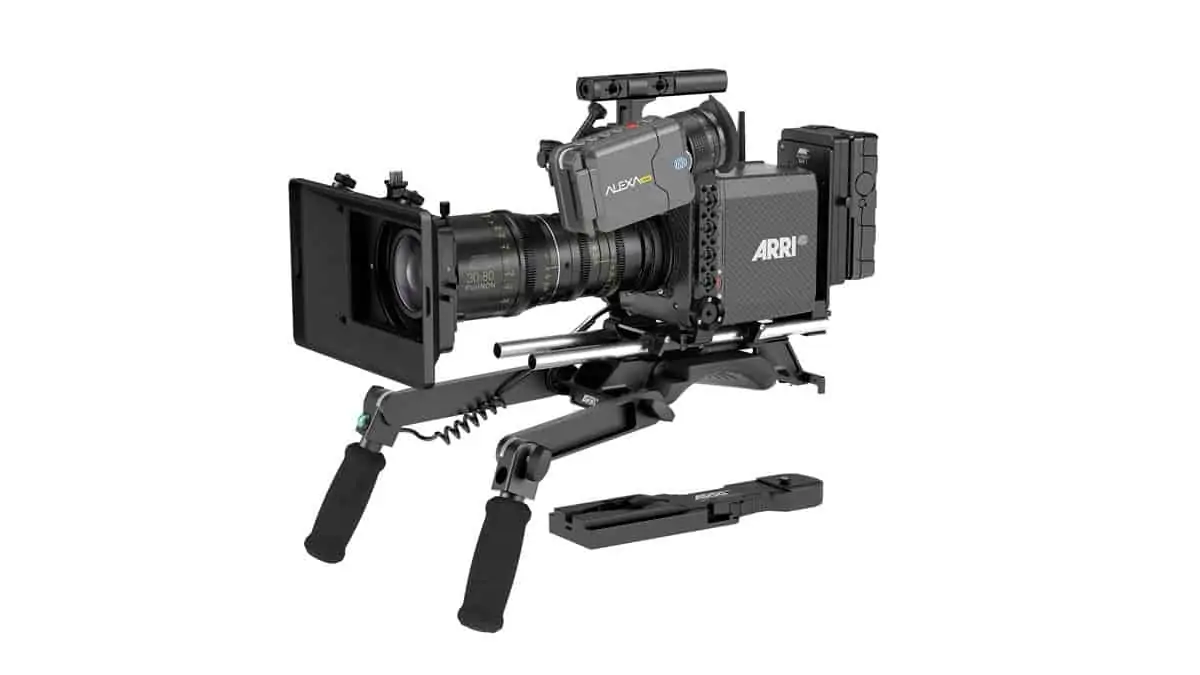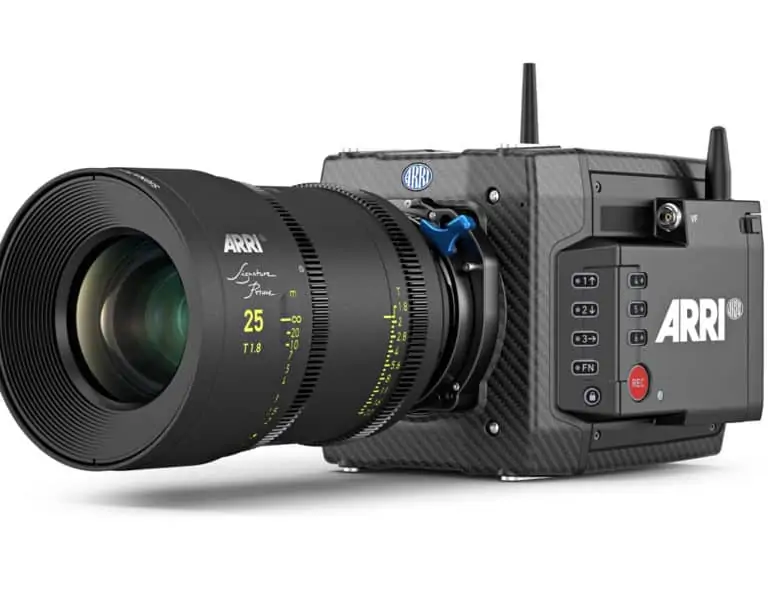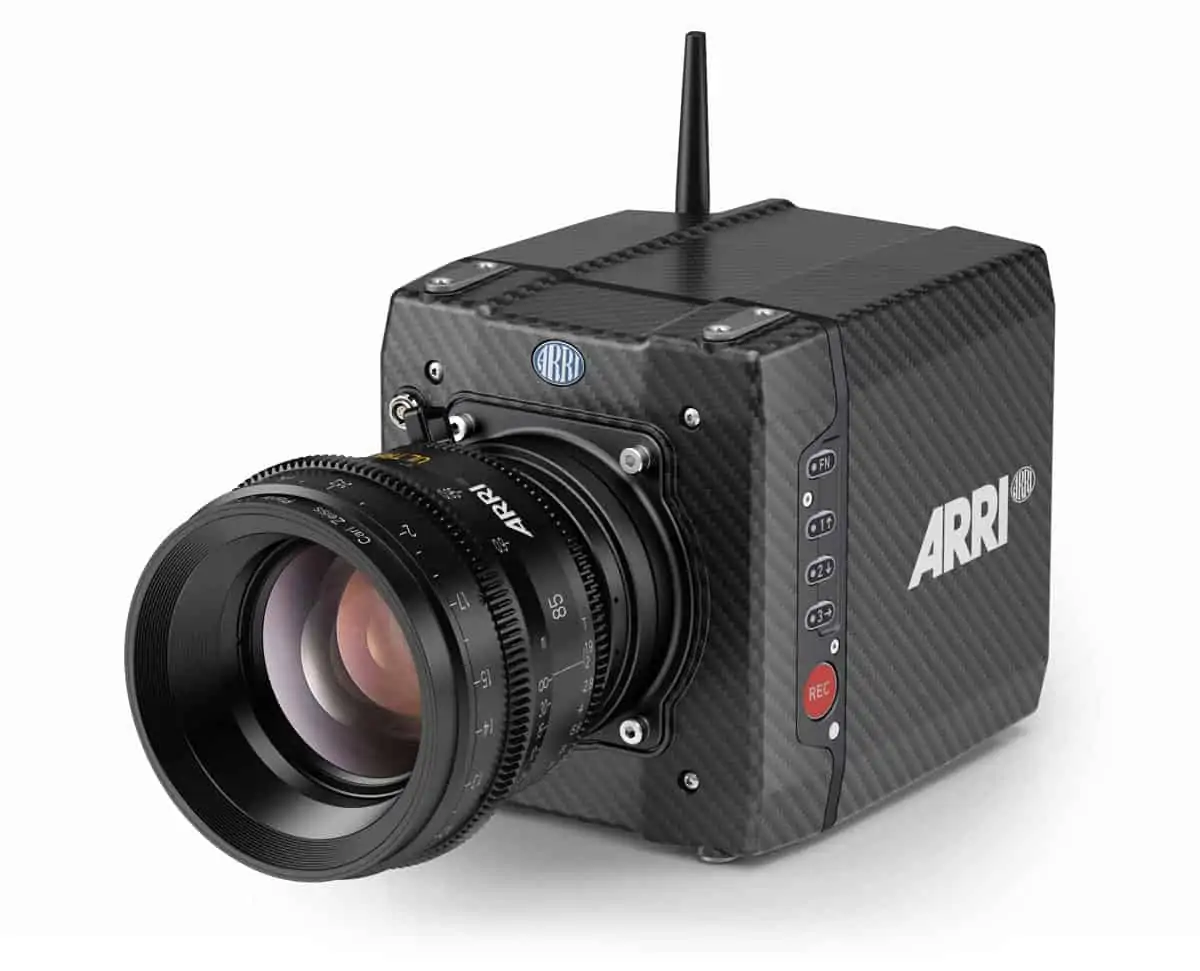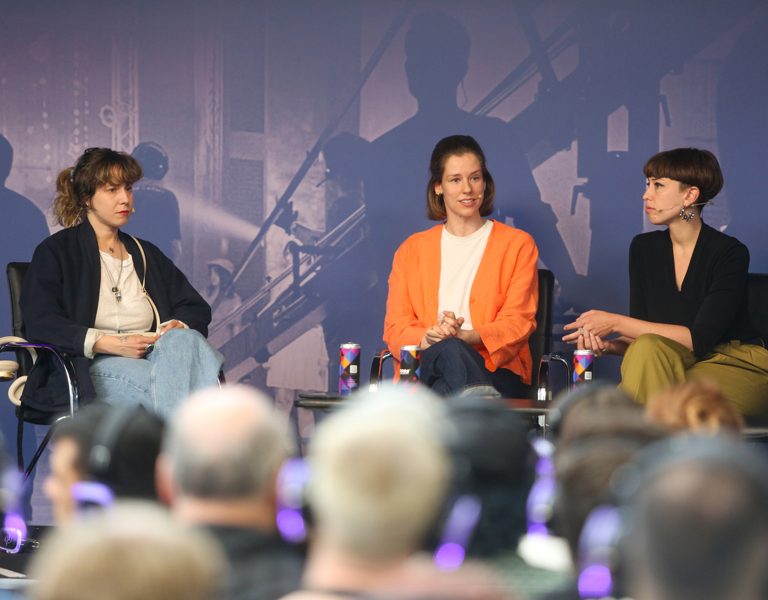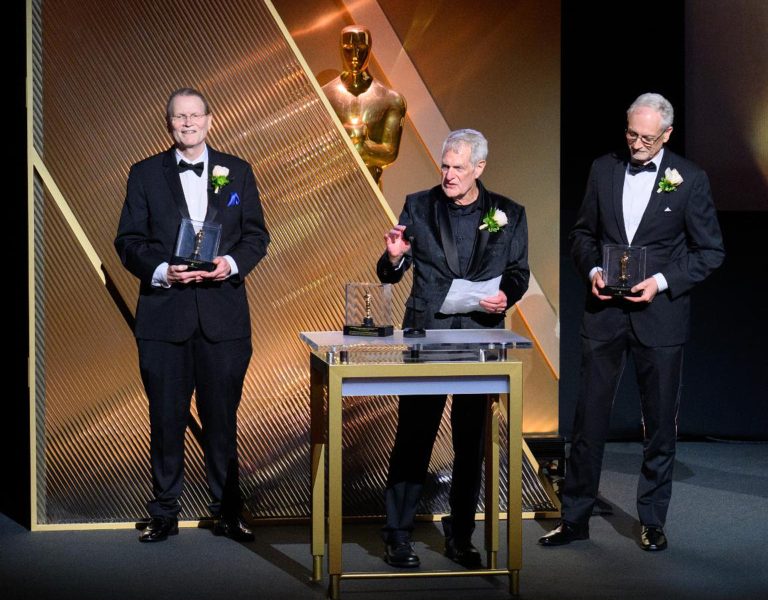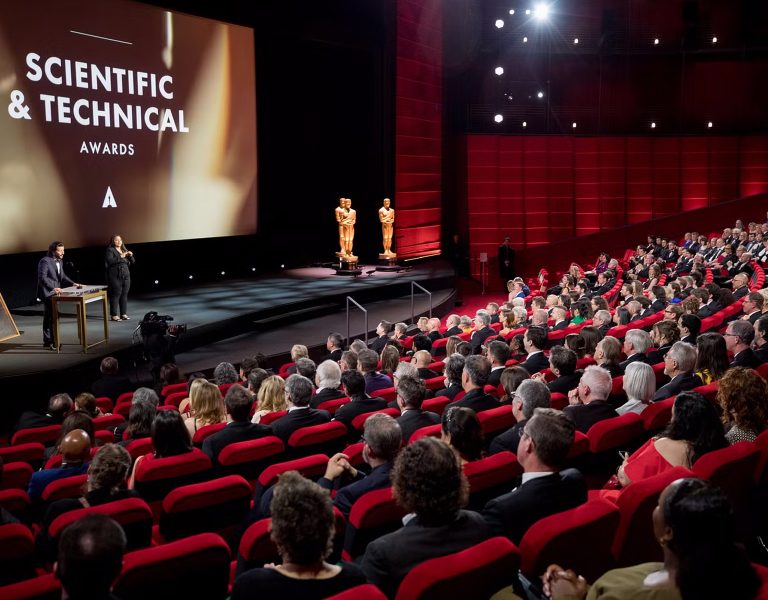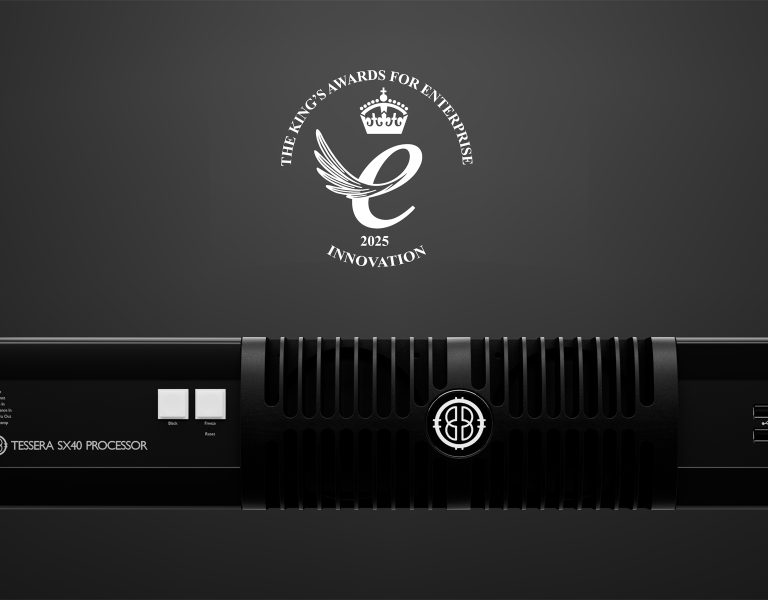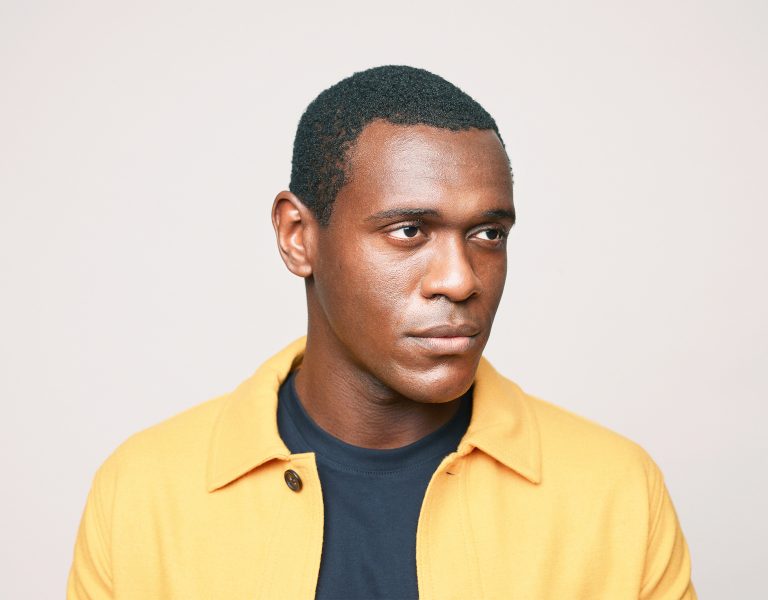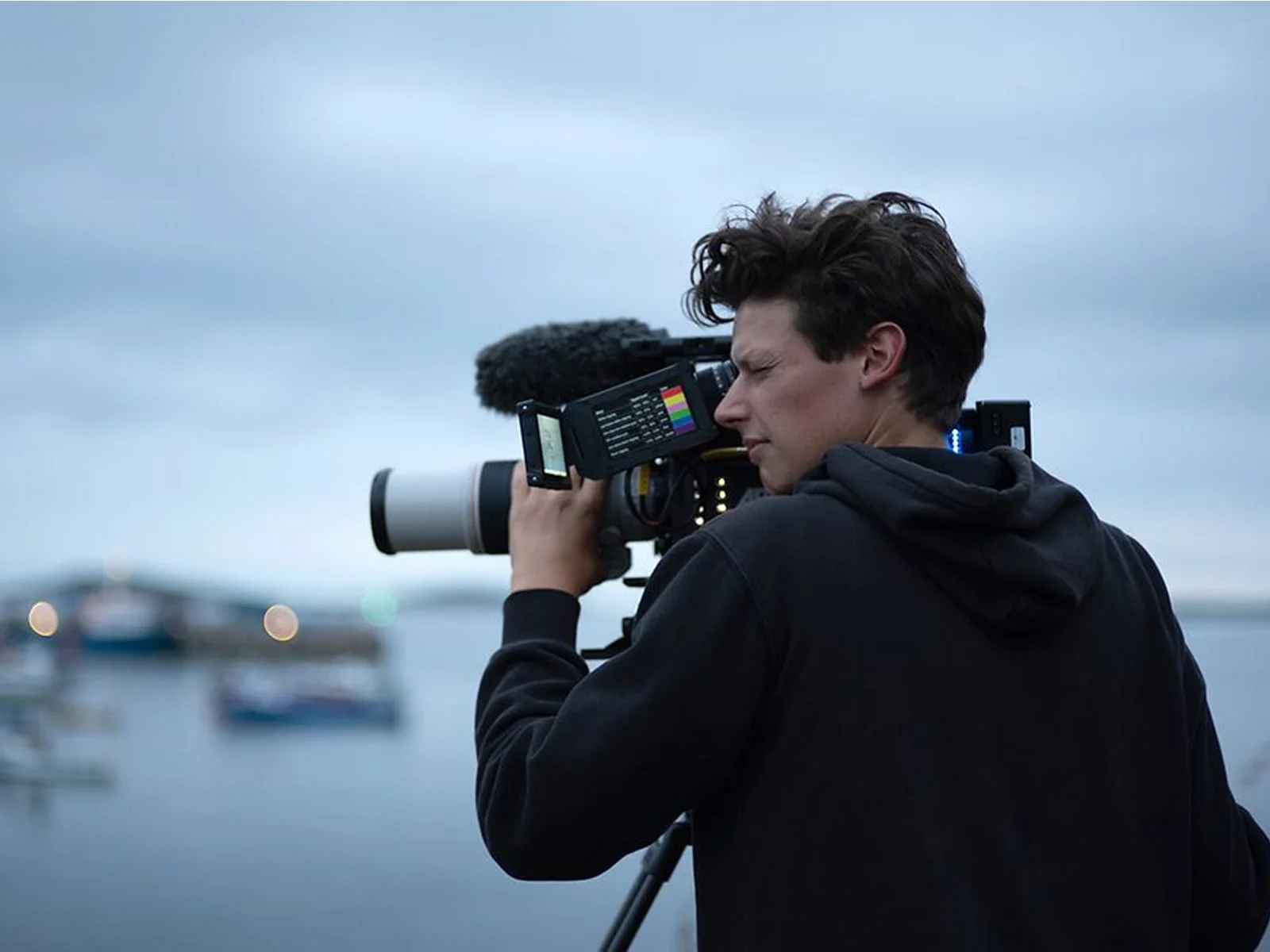
Conceived and presented by the climate activist and filmmaker Jack Harries, Seat at the Table is a 12-part YouTube series produced by Studio Silverback. Giving voice to people worldwide who stand to lose most to climate change, it incorporates segments filmed in many different countries, and yet was produced in the most sustainable manner possible.
Cinematographer Josua Stäbler speaks here about why he chose the ALEXA Mini LF, what benefits large format brought, and how the complex, pandemic-hit production unfolded.
Could you describe how the project came about and how you got involved?
Back in early 2021, Jack Harries and Studio Silverback came up with the idea of a film that gives the people on the front lines of climate change a voice. The project was commissioned by YouTube and I was approached to be the director of photography. Originally the plan was to travel the globe for six months, finding these people and telling their stories, but then another wave of Covid-19 hit and the whole project had to be rethought. They came up with the idea of shooting for three months only in the UK and collaborating with local crews in 11 different countries to tell the international stories. It was my job to develop a visual style for the project and to brief the international crews on that visual style.
What led you to large format, and to the ALEXA Mini LF?
As a DP, around 70% of my work is commercials and 30% is documentaries, and for commercials I shoot on ALEXA exclusively when I’m not shooting analogue. I really like what the ALEXA does with colours; I know how to work with ALEXA and how to expose the sensor, so for me that choice was clear from the start.
For this project we wanted to have 4K and to be as close to the characters as COVID rules allowed, shooting handheld with wide-angle lenses for a sense of physical intimacy. This led us to large format and to the ALEXA Mini LF. Usually we used lenses between 24 mm and 35 mm, and the LF sensor looks really cool at those focal lengths because of the shallow depth field. When we shot huge landscapes, the LF sensor somehow made them even more epic.
How did you handle the international crews having different camera equipment?
Of course, not every local crew had the opportunity to source an ALEXA in their country. Quite early on I did a test with my colourist in Germany where we compared the ALEXA Mini LF to Canon and Sony large-format cameras, and we came up with a show LUT and a system to convert the Sony and Canon images into our colour space. The final grade was done at another post house in Bristol, in the UK, but they were able to make use of the work I had done with my colourist to conform footage from all the cameras to match the look of our show LUT.
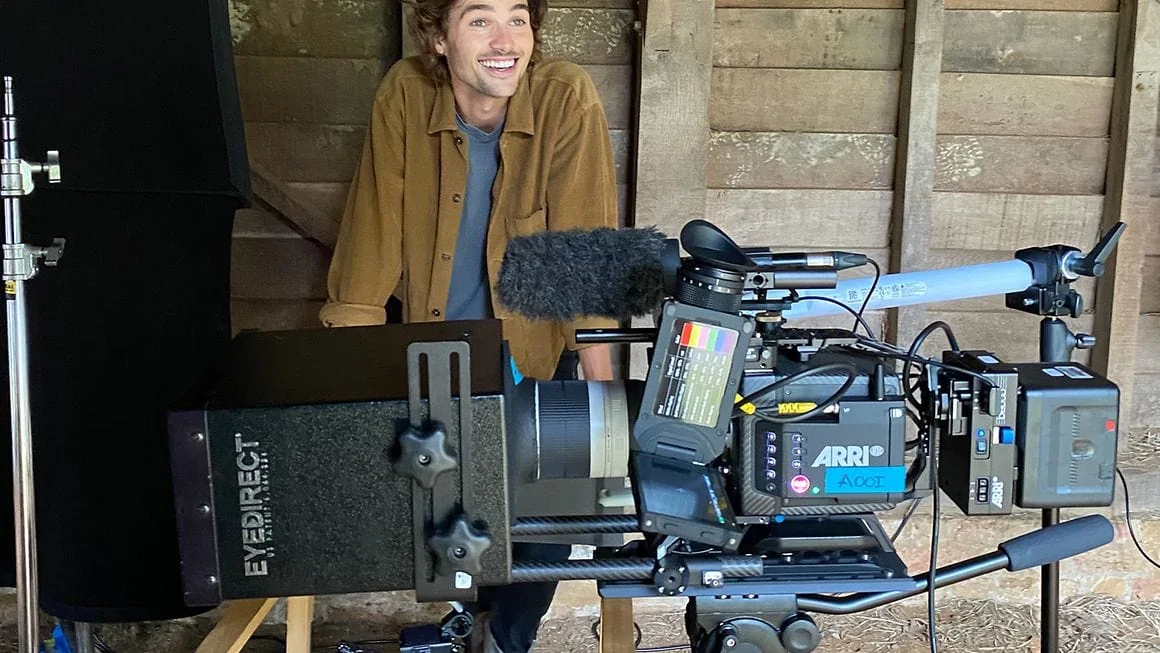
What else was in your brief to the international crews?
The most obvious and detailed thing was how to set up, frame, and light the interviews. Throughout the show, we interviewed people in front of a black backdrop, so it was important that the backdrop and lighting were the same for everyone, whether they were a scientist with 30 years of climate experience or a farmer who realized two years ago that his crop isn’t growing anymore. I did detailed tests and was very specific in my briefing about light sources, distances, exposure, and contrast ratios.
For the overall look of the show, my briefing contained stuff like shooting B-roll in slow motion for a cinematic feel; always shooting wide open for shallow depth of field and to take advantage of the large-format sensor; using gimbals for certain types of shot, or long lenses and tripods for other kinds of shots. But I also encouraged the local filmmakers to come up with their own creative ideas, and I was really happy with what we got back. It was great to see how many talented filmmakers are working around the world, even in places like the Maldives and Cambodia, where there are no big film schools.
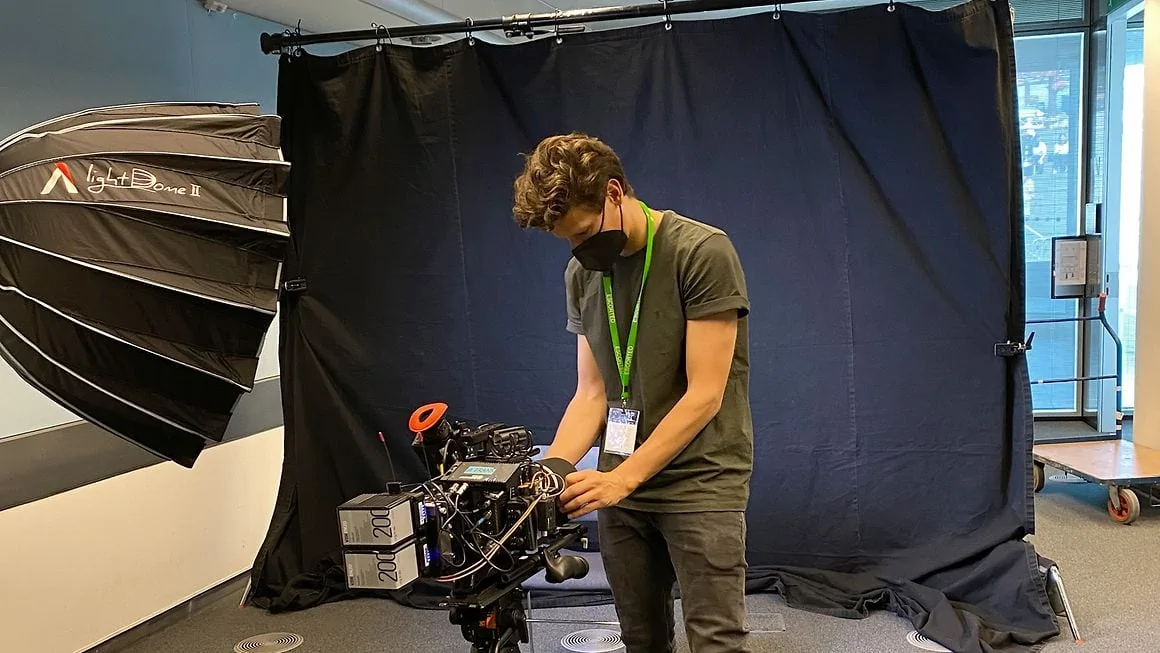
Did you go to as many different kinds of environment within the UK as you could?
Yes, we went everywhere from the Isles of Scilly in the far south to the Orkney Islands, which are almost the most northern tip of the UK. We had a really diverse experience of British landscapes, with some places that looked like the Caribbean to me, and others that were incredibly rough and wild, with harsh winds. Finally in November we ended up in Glasgow for COP26, the UN climate conference, where we shot our final two episodes.
The wildness of some of the locations was one of the reasons why I chose the ALEXA Mini LF, because I knew I could trust it. We were trying to travel carbon neutral, so we were always on different vehicles, like tiny sail boats in rough seas, with the camera bumping against everything. We shot in rainy forests in the middle of Scotland; we hiked up mountains chasing sunsets. On the Isle of Skye, we had to cross a river with the camera on my shoulder, so it was really tested, and it didn’t let us down.
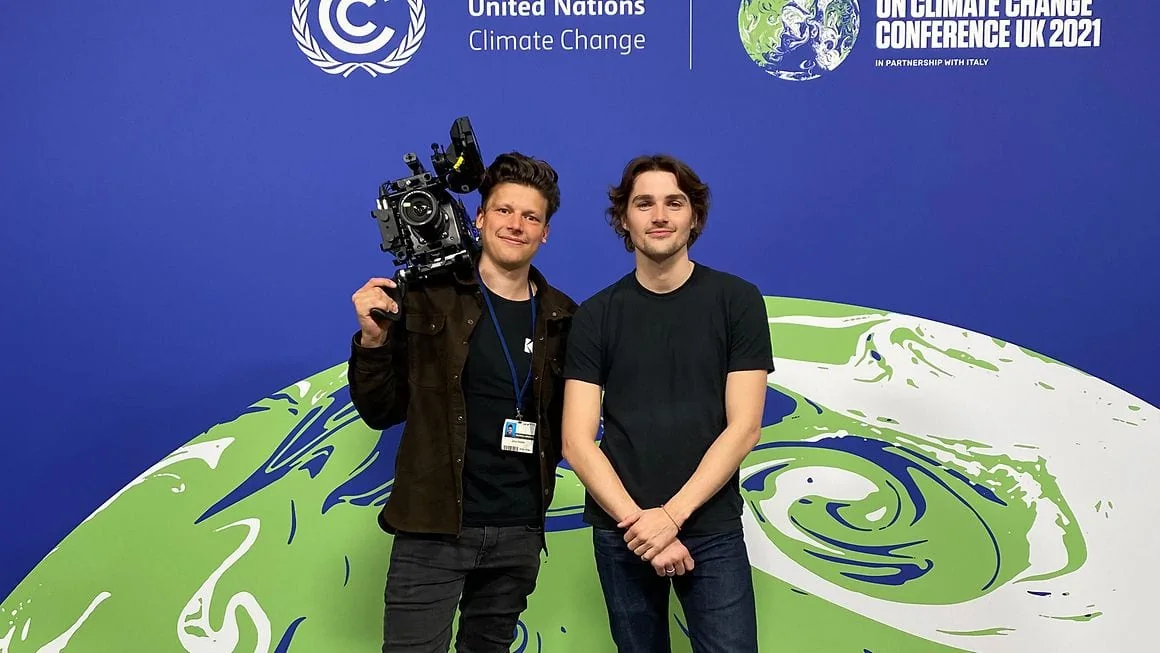
You did a lot of operating yourself, but what crew did you have?
I had a camera assistant, but he was also a production assistant. We were such a small crew that he had to help with other stuff. Focus wise, I was managing the camera on my own. He helped me with batteries and changing lenses, but in terms of the camera setup, I needed to be self-reliant. The ARRI Master Grips came in handy; I had a cforce motor on the lenses and I used the Master Grips to control focus and dial-in the iris. That’s also why I chose Canon EF lenses, because they’re quite small and I can carry two or three in my backpack.
It was easy to pull and track my focus with the MVF-2 viewfinder on the Mini LF, because it’s so sharp. I did use the fold-out screen for some low-angle stuff or when I was running behind someone, but mainly I love operating with the viewfinder, because you have another point of contact with your body, so you get a really stable, organic image. I can also control my camera settings through the viewfinder; when I wasn’t using the Master Grips, I put most of my user buttons on the viewfinder itself. Even stuff like changing the NDs or checking the false colour was on there, so it was really nice.
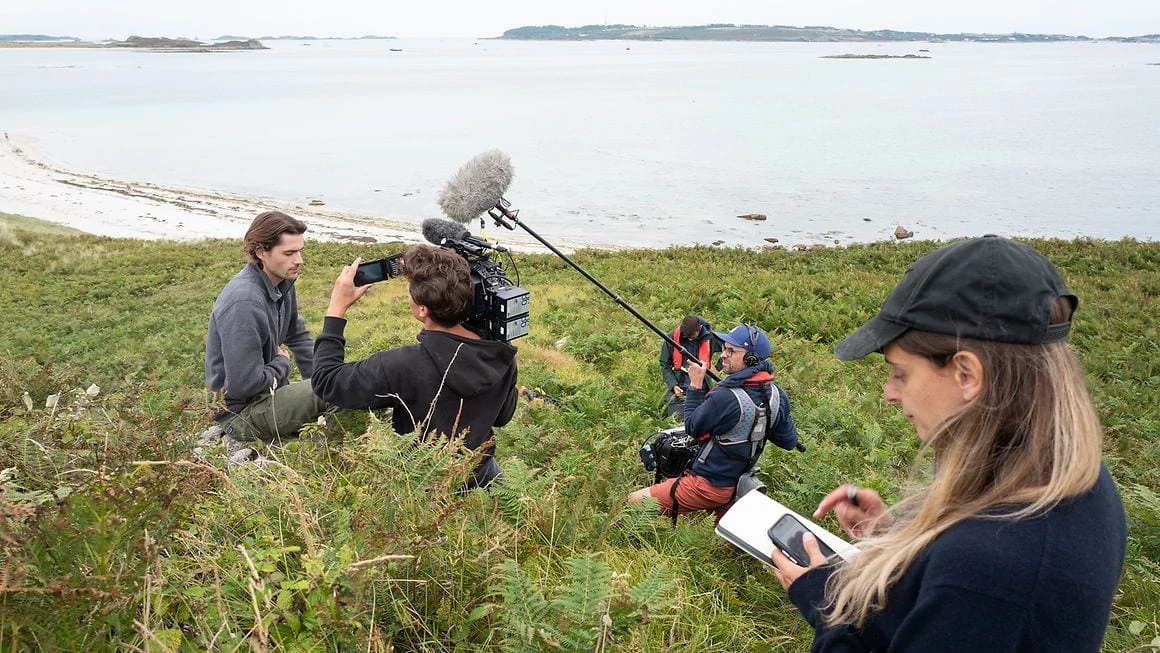
You said that the production was trying to be carbon neutral. What did that involve?
Trying to be carbon neutral informed every decision we made, and I think the show was carbon-offset twice over. It starts with the catering, trying to eat vegetarian whenever possible, and it ends with the waste. The most impactful thing is the travel, so we tried to use trains, sailboats, and bikes. I remember we took the sleeper train in Scotland and booked a whole bunk bed just for the equipment, then loaded it all onto a sail boat the next day. It makes the logistics a bit more difficult, but it was also a lot of fun.
We realized that Covid had forced us to into a new and more sustainable method of production, because the original idea would have meant travelling the world by airplane. I think the whole industry is being forced by this pandemic to rethink its actions. People are saying, “Do we really need to travel to Cape Town to shoot this sunscreen ad? Or can we shoot it in Portugal where we also have sun in December?” We can learn a lot from these crazy and difficult times.
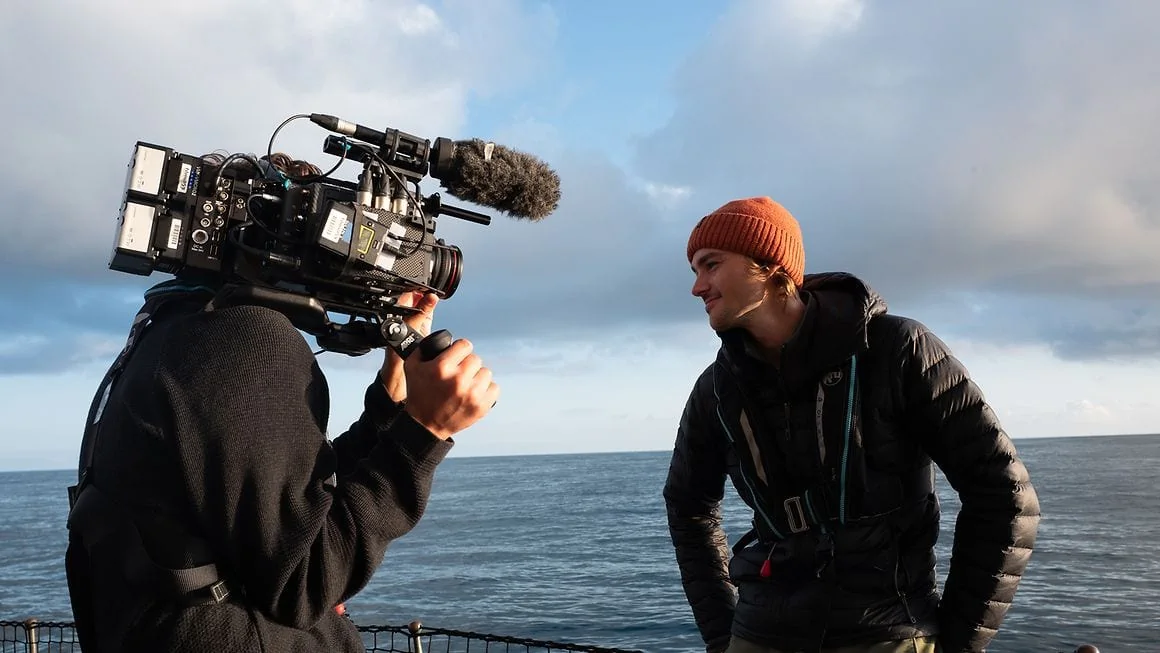
What were the most rewarding aspects of the shoot, for you?
Probably it was the people, because we met such a diverse group of individuals. From an 18-year-old activist on the Scilly Isles who was so smart and so full of energy, to Jane Goodall, who has been working on conservation and climate projects for more than 40 years. We met David Attenborough, who’s a big hero in this sector, and we even had the chance to shoot with Barack Obama in Glasgow, at COP26. It was an honor to meet all of them, and the whole shoot was just a beautiful adventure.
–
Watch the full series of “Seat at the Table” here.
